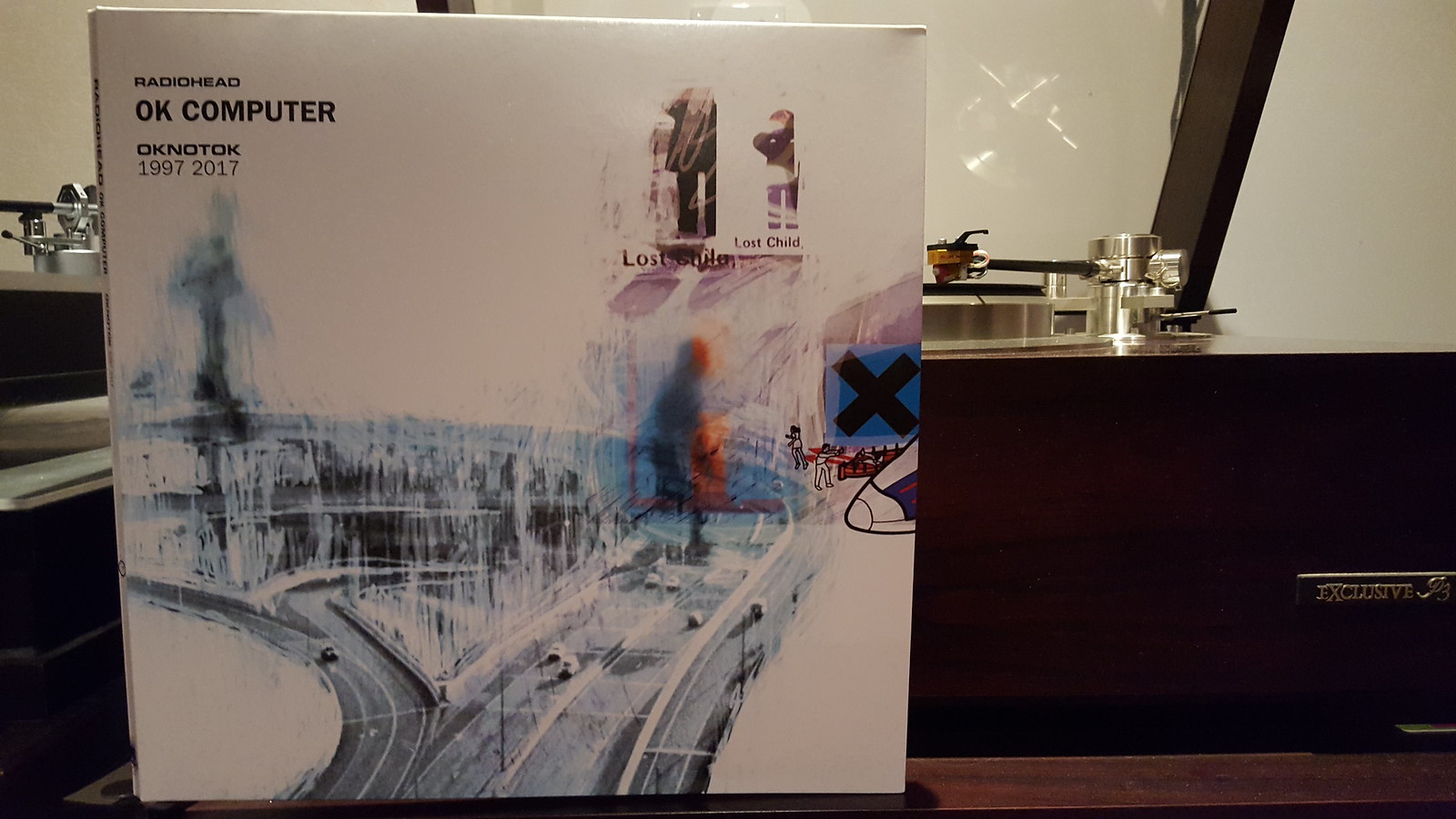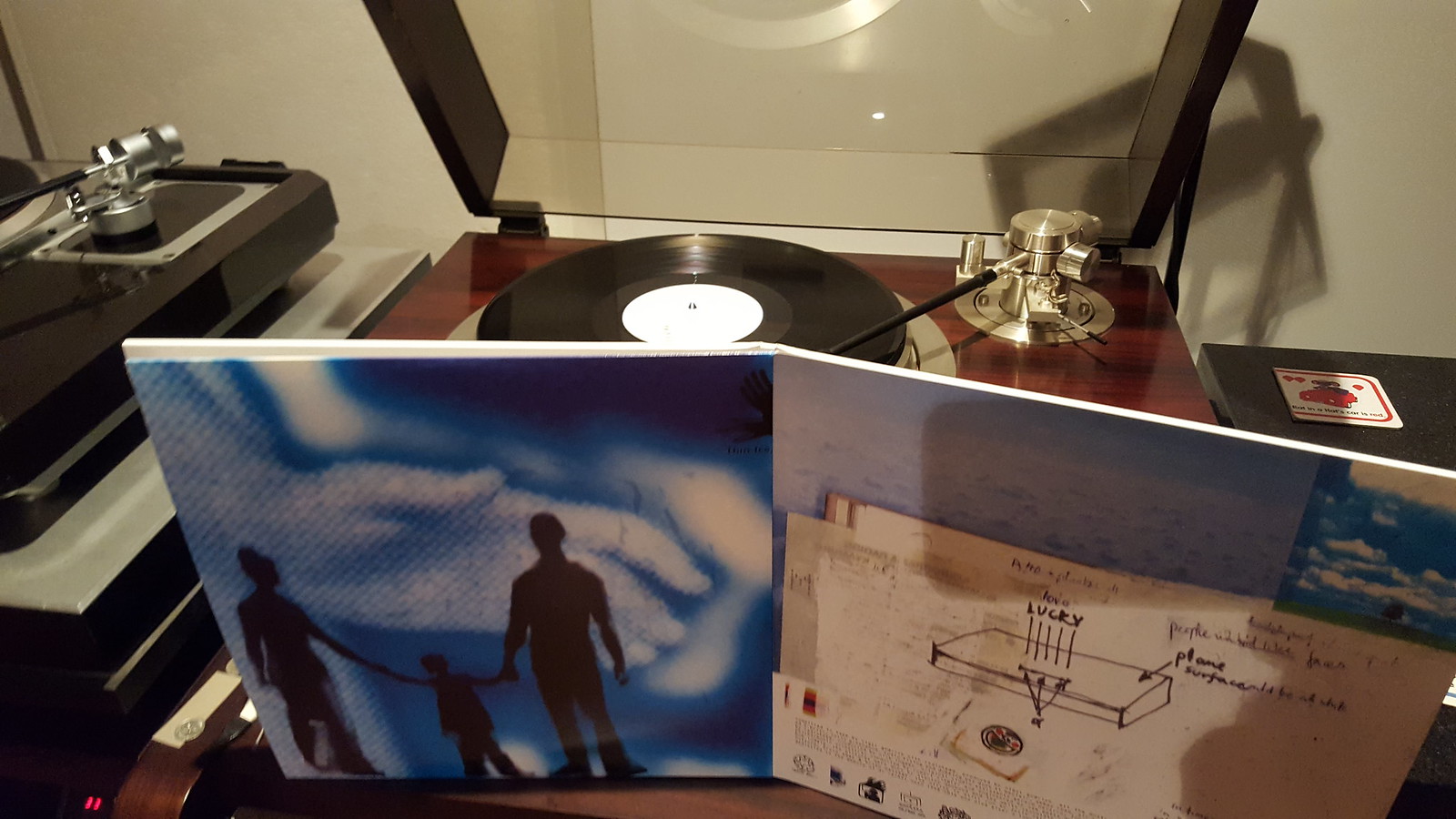- Thread Author
- #1
Not that this 35 year old debate needs any more fuel, but this is an interesting read.
I still personally feel that from 1982 to only a few years ago, the weakness with digital is the A2D converters. This is something very few people discuss. This article touches on it, but mentions that the A2D converters improved in the later 80's. I would beg to differ. It's like saying the D2A converters in the laters 80's are good enough. As D2A converters have really improved in the last few years, so have A2D converters. It's no different.
Having toured studios, talked with pro reps, mastering engineers, etc., the A2D converters in most studios, up until a few years ago, were absolute crap. Remember, $900 to a studio is a big investment.
These early A2D converters may have measured fine, but they didn't sound good. And really early A2D converters didn't event measure good - for example, they didn't even achieve 16/44 measured results.
It hasn't been until recently when studios have been investing in good A2D converters, like those from Merging Technologies specifically, that we are hearing SOME better digital recordings. But like the article states, they are abusing the capabilities of digital with compression abuse and the resulting loudness war.
I won't further discuss the "Circle of Confusion" here, but that is another lesser known topic which also merits further discussion.
Here's the article...a good read.
http://www.laweekly.com/music/why-cds-may-actually-sound-better-than-vinyl-5352162
I still personally feel that from 1982 to only a few years ago, the weakness with digital is the A2D converters. This is something very few people discuss. This article touches on it, but mentions that the A2D converters improved in the later 80's. I would beg to differ. It's like saying the D2A converters in the laters 80's are good enough. As D2A converters have really improved in the last few years, so have A2D converters. It's no different.
Having toured studios, talked with pro reps, mastering engineers, etc., the A2D converters in most studios, up until a few years ago, were absolute crap. Remember, $900 to a studio is a big investment.
These early A2D converters may have measured fine, but they didn't sound good. And really early A2D converters didn't event measure good - for example, they didn't even achieve 16/44 measured results.
It hasn't been until recently when studios have been investing in good A2D converters, like those from Merging Technologies specifically, that we are hearing SOME better digital recordings. But like the article states, they are abusing the capabilities of digital with compression abuse and the resulting loudness war.
I won't further discuss the "Circle of Confusion" here, but that is another lesser known topic which also merits further discussion.
Here's the article...a good read.
http://www.laweekly.com/music/why-cds-may-actually-sound-better-than-vinyl-5352162



